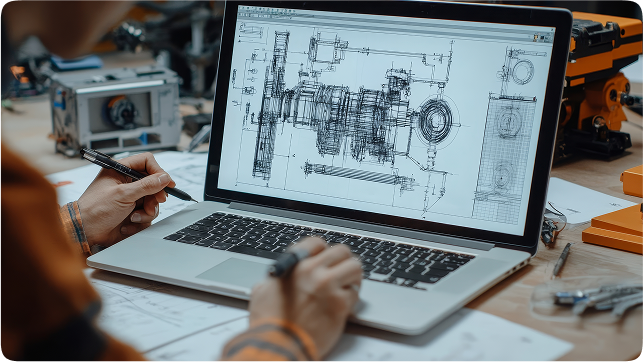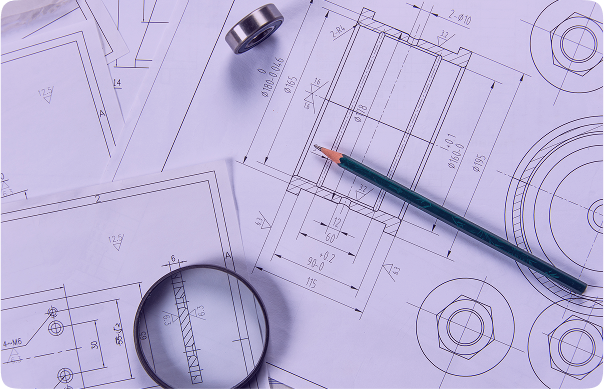
The Traditional Approach: Human Review
Engineers would manually comb through project drawings, often under tight deadlines. Fatigue could set in, leading to missed details. This painstaking attention to detail isn’t just time-consuming; it’s expensive, especially on large projects where every oversight can have major ripple effects.
Enter Machine Learning
Machine Learning (ML) is now transforming this workflow. By training algorithms on guidelines, regulatory requirements, and thousands of drawings, ML systems can scan new designs quickly and accurately. They flag structural weak spots, potential electrical missteps, missing components, and other issues, offering a consistent review every time—without the human fatigue factor.
Automating the Tedious
Much of the review process is repetitive: checking code compliance, scrutinizing layers for faults, and meeting approval standards. ML automates these routine checks instantly. This shift frees human teams to focus on more complex aspects—innovative design, unique problem-solving, and stakeholder collaboration. As a result, project workflows become clearer, and timelines often get shorter.
Boosting Safety Efforts
Safety is non-negotiable. ML models can be trained to recognize known patterns of hazard in drawings such as load-bearing issues, missing safety clearances, or improper electrical routing. They ensure that every plan consistently meets the same safety benchmarks. This leads to fewer mistakes, smoother approvals, and better legal compliance.
Reducing Costs in the Long Run
At first glance, investing in ML systems may seem pricey. But once implemented, they dramatically cut manual labor costs, reduce rework, and shorten project schedules. While initial setup takes time and investment, the long-term savings quickly surpass those upfront expenses. Already, many similar projects demonstrate a significant drop in review-related costs over time.

Why It Matters
To recap, integrating ML into drawing reviews brings three central benefits:
- Efficiency: Automated, streamlined checks that deliver fast and reliable results.
- Accuracy: Consistent evaluations that reduce human error and bias.
- Safety & Compliance: Built-in adherence to codes and standards with fewer oversights.
Collectively, these benefits drive down costs, improve project speed, and make job sites safer overall.
Looking Forward
As ML tools evolve and gain industry-wide adoption, the review process will shift from being a tedious hurdle to a robust, automated checkpoint. iTech has already implemented ML models for reviewing engineering plans—delivering improved safety, clarity, and cost control.
If you’re curious about how ML can support your team, whether it’s reviewing designs, streamlining compliance, or cutting down on manual rework, feel free to reach out.
Enhancing your workflow through
AI integration is key to future success.
processes and improve efficiency!
I design and refine AI solutions that make workflows smarter and turn data into actionable insights. With expertise in OCR, deep learning, and computer vision, I focus on translating complex concepts into reliable, scalable systems that solve real-world problems and create measurable value.





